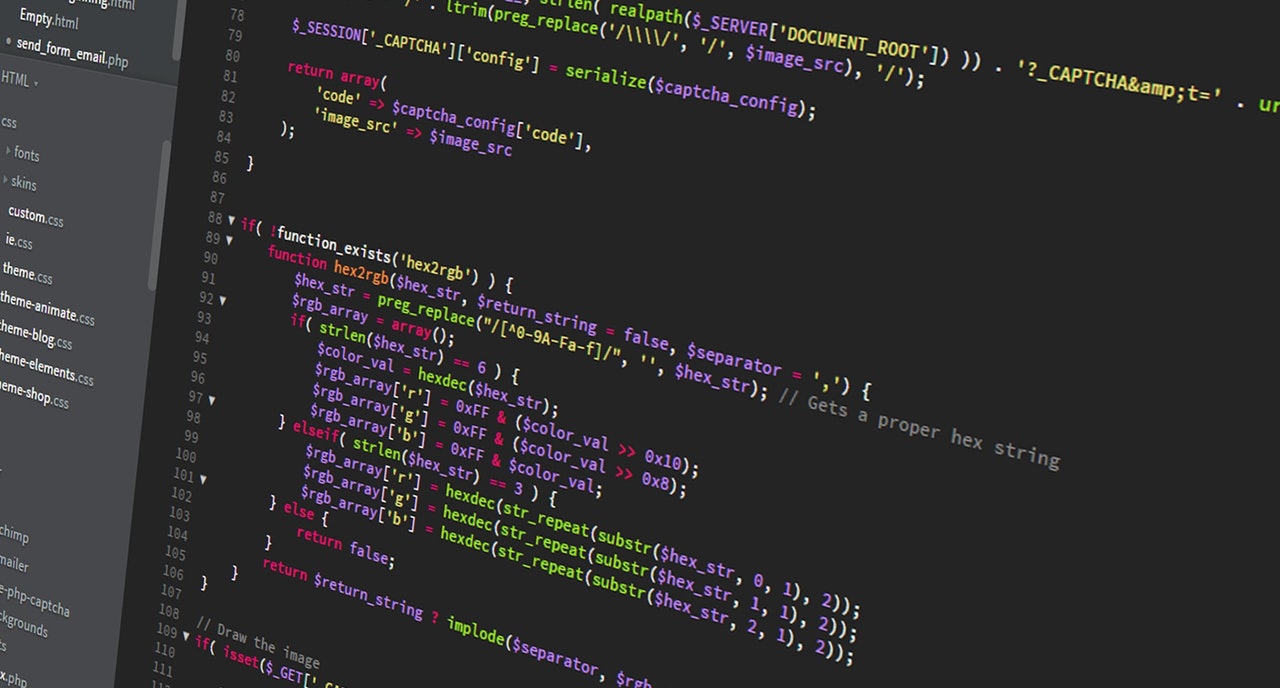A Necessary Shift: Engaging Coding In Graphic Design Education

In current graphic design practice, projects that start with a detailed brief and end with the delivery of a static, substrate-bound outcome are no longer the norm. A shift has taken place toward the design of experiences where designers are called upon to develop services, branding, and interactive outcomes. In order to equip learners to function and lead in graphic design practice, design education must also shift to facilitate learning that enables “useful, usable, and desirable” design (Norman, 2010; Sanders, 1992). Starting in fall 2013, curricular changes were made to bring a “UUD” focus to courses in the undergraduate graphic design program at Miami University in Oxford, Ohio. This paper presents the programmatic structure that was developed, shares findings from its operation, and offers recommendations for the future of experience design in education and practice.
At the core of the “UUD” curricular model is an ideological and practical shift away from aesthetic primacy in graphic design. Curricular changes were implemented in four interaction design courses and two branding courses over a period of two years at Miami University. Learners were not given a list of predetermined design deliverables to produce, rather they were instructed in qualitative research methods which enabled them to observe and record human behaviors that informed the design of useful outcomes. Learners received instruction in front-end web development coding languages like HTML, CSS, and JavaScript that allowed them to develop and test fully functional websites and web apps to assess their usability. By implementing this tandem of research and development instruction within the graphic design curriculum, learners began producing thinking and outcomes that endeavored to be useful, usable, and desirable.
This paper explains the decision-making process taken when choosing to shift programmatic goals to embrace a useful, usable, desirable model that supports the design of experience-focused outcomes. Evaluation of the effects of this curricular shift is based on data collected via student performance assessments, student interviews, and analysis of design outcomes, focus group discussions, and observations. Strengths and weaknesses of implemented courses, technologies and assignments are reviewed based on research findings. The analysis of the data collected results in recommendations for future curricular development where usefulness and usability are held as key learning objectives equal to quality aesthetic. It supports the implementation of research and coding language instruction into graphic design education in order to promote the future of the discipline where experiences are of increasing importance.
